I have a device with multiple USB inputs wired in parallel (Raspberry Pi 2B with Kedei Display, each of the units has an Micro USB input).
Are there any dangers of connecting both inputs at once, powered by different powerbanks/chargers?
I don't want to do this to increase the supplied current, but rather to swap power supplies without having to turn off the device. So e.g. the connected powerbank is about to run out of power, so I connect a wall charger to the second port and then disconnect the powerbank.
Are there any possible negative interactions between the two power supplies? (e.g. different ground potential (especially with two wall chargers), slightly different voltages that cause power to flow in the wrong direction, different voltage fluctuation frequencies from the regulators in the power supplies that cause problems, ...)
Related questions
While this question seems similar to other questions posted on electronics.stackexchange.com, those questions are quite different in some aspects.
Higher current draw from powerbank?
Parallel connecting USB power for higher currents
Both of these questions don't actually use different power supplies, but instead multiple ports on the same powerbank. Also both of them do that, to increase supplied current.
USB power in Parallel, increasing the maximum current using a Y splitter idea[POWER ONLY]
This question actually talks about two different power supplies, but also here the idea is to increase current.

